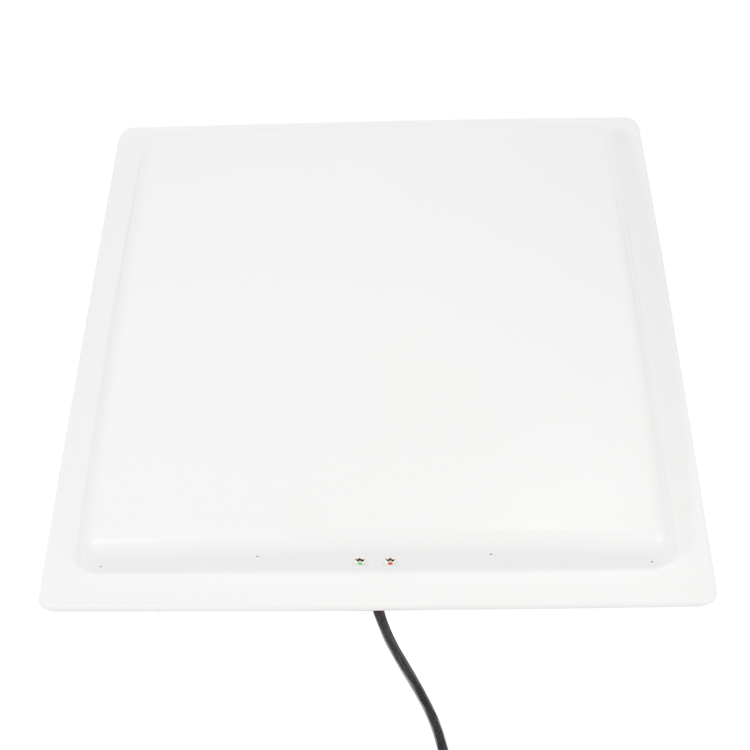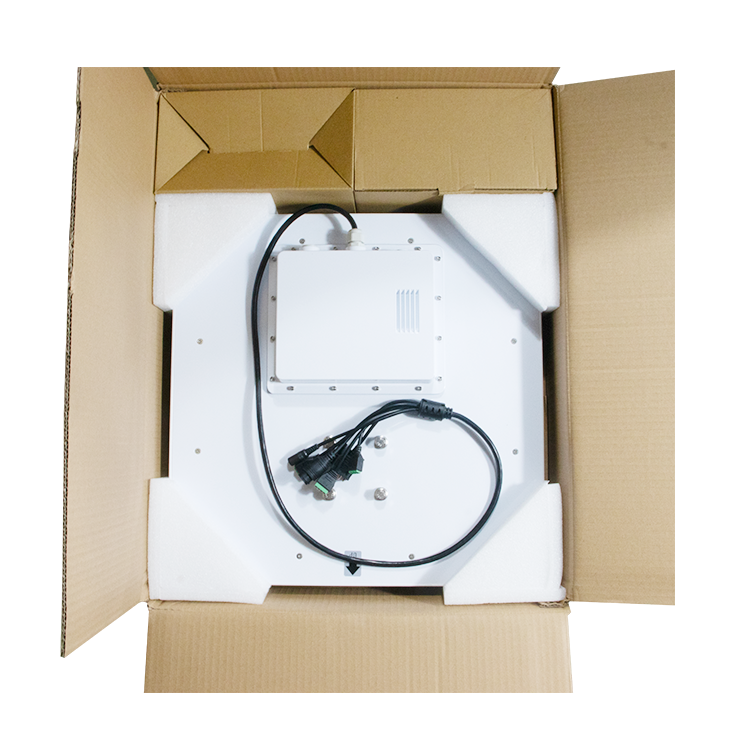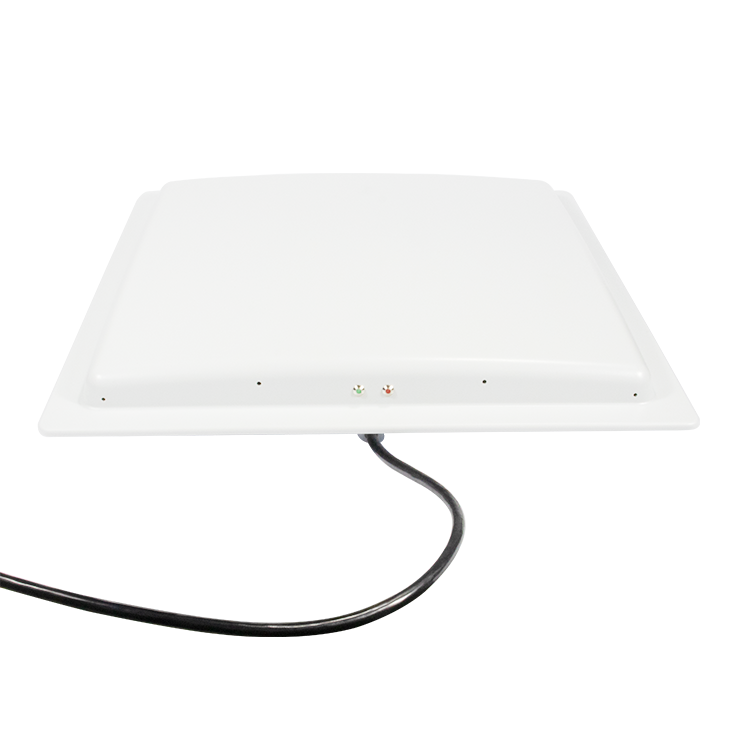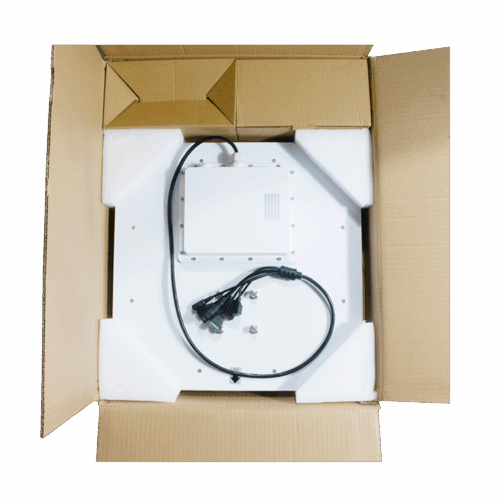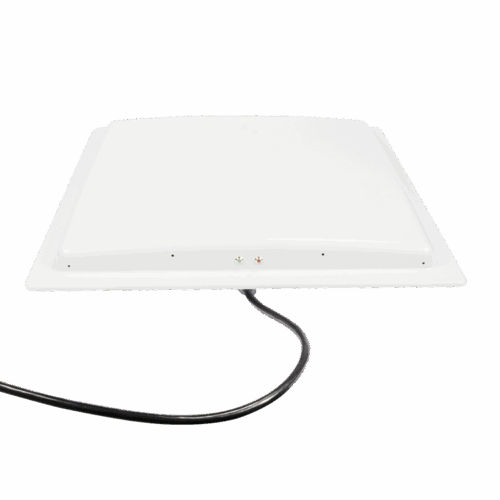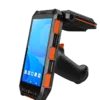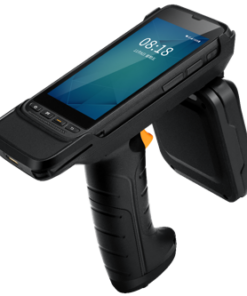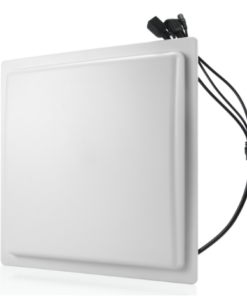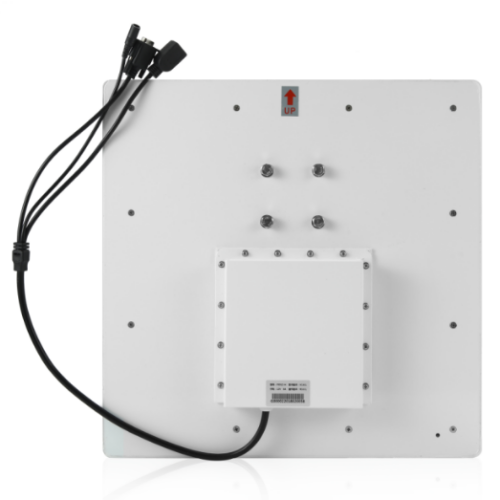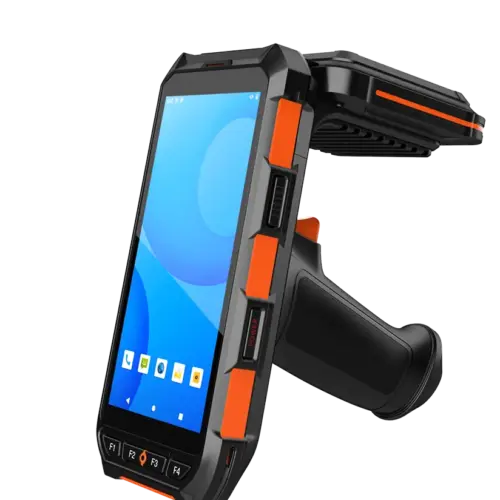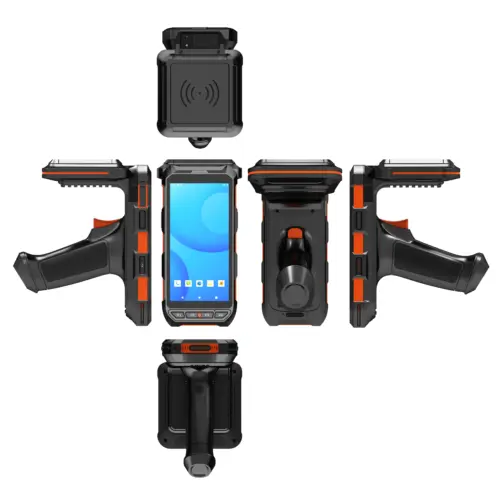Advancing Animal Management with Long Range 860-960MHz Integrated Animal RFID Tag Readers
Efficiently managing and tracking animals, especially in large-scale operations like livestock farming and auction yards, demands advanced solutions. Traditional methods are often inefficient and stressful for animals. Long Range 860-960MHz Integrated Animal RFID Tag Readers, operating in the Ultra-High Frequency (UHF) band, offer a transformative approach. These devices read UHF RFID animal tags from significant distances, enabling rapid and reliable identification, crucial for modern, data-driven animal husbandry and traceability.
The “integrated” design combines the RFID reader module and antenna into a single, robust unit. This simplifies installation and optimizes performance, making these readers ideal for monitoring animals across wide gates, chutes, or open pens, providing a blend of performance and durability for demanding environments.
The Power of 860-960MHz (UHF) RFID Technology
The 860-960MHz UHF RFID band (often aligned with RAIN RFID standards) provides key advantages for animal tracking:
Extended Read Range: UHF allows tags to be read from several meters away (up to 8m+), reducing the need to confine animals for identification.
Fast Read Speeds & High Throughput: Capable of reading hundreds of tags per second, UHF systems excel at identifying groups of animals moving together.
Performance: Modern UHF tag and reader designs perform well even with some environmental challenges, especially for animal ear tags in open air.
An Integrated Animal RFID Tag Reader in this category packages a high-performance UHF reader and a specialized antenna (often circularly polarized) into one environmentally sealed enclosure. This simplifies deployment and maintenance. These readers are strategically mounted to automatically capture animal ID data as they pass.
Key Advantages of Integrated Long Range UHF Animal RFID Readers
Adopting these Animal RFID Tag Reader offers significant benefits:
Superior Read Distance & Coverage: Enables monitoring in wider areas, minimizing animal stress and labor.
Enhanced Efficiency & Automation: Automatic data capture eliminates manual errors and saves time, allowing staff to focus on other tasks.
Increased Throughput: Rapidly processes large groups of animals, vital in commercial settings.
Improved Data Accuracy: Ensures correct animal ID capture for reliable inventory, traceability, and health records.
Robustness & Durability: Built with IP-rated enclosures to withstand harsh agricultural environments.
Simplified Installation & Maintenance: Single-unit design streamlines setup and reduces potential failure points.
Seamless System Integration: Offers various communication interfaces (Ethernet, RS232, etc.) for connection to farm management software and cloud platforms.
Cost-Effectiveness for Large Operations: Delivers strong ROI through labor savings and improved management, especially with many animals.
Applications and Strategic Implementation
Integrated Long Range UHF Animal RFID Tag Readers are valuable in diverse scenarios:
Livestock Auctions & Sale Yards: Automate transaction records and ensure traceability.
Feedlots & Fattening Stations: Monitor arrivals, track feed, manage health, and streamline sorting.
Large-Scale Ranching: Identify animals at pasture gates, track movement, and assist in inventory.
Dairy Farms: Automate ID at milking parlors, linking to yield and health systems.
Slaughterhouses & Processing Plants: Ensure accurate ID for food safety and compliance.
Transportation & Logistics: Track animal movements during transit.
Research Facilities: Monitor animal groups in larger enclosures.
Strategic Implementation Points:
Tag Selection: Use quality UHF animal tags suited for the species and environment.
Reader Placement: Optimize position, mounting height, and angle for desired coverage.
Antenna Polarization: Circularly polarized antennas are generally best for variable tag orientation.
Environmental Factors: Consider potential interference; site surveys are recommended.
Software Integration: A robust data management system is essential.
Power & Connectivity: Ensure reliable power and data links.
Technical Specifications of Animal RFID Tag Reader
| Feature | Specification |
| Frequency Range | 860-960 MHz (UHF – Region specific, e.g., 902-928MHz for FCC, 865-868MHz for ETSI) |
| Air Interface Protocol | ISO 18000-6C / EPCglobal Class 1 Gen 2 |
| Integrated Antenna | Typically 9-12 dBi Circularly Polarized |
| Read Range | Up to 8 meters (tag and environment dependent) |
| Read Rate | Up to 400-900+ tags/second |
| RF Power Output | Adjustable, up to 30 dBm or 33 dBm (region dependent) |
| Communication Interfaces | Ethernet (TCP/IP), RS232, RS485, Wiegand, USB, Optional Wi-Fi/Bluetooth |
| Input/Output (GPIO) | Multiple configurable inputs/outputs |
| Power Supply | DC (e.g., 12-24V DC) or PoE |
| Enclosure Material | ABS, Polycarbonate, or Aluminum Alloy |
| IP Rating | IP65, IP67 or higher |
| Operating Temperature | -25°C to +65°C |
| Storage Temperature | -40°C to +85°C |
| Dimensions (Typical) | Varies, e.g., 250x250x70mm to 450x450x80mm |
| Weight (Typical) | 3kg |
| Certifications | FCC, ETSI, CE, RoHS |
In summary, Long Range 860-960MHz Integrated Animal RFID Tag Readers are pivotal for modernizing animal management. Their extended read ranges, high-speed data capture, and simplified deployment empower users to enhance efficiency, improve data accuracy, and ensure traceability, leading to better productivity and animal welfare.

